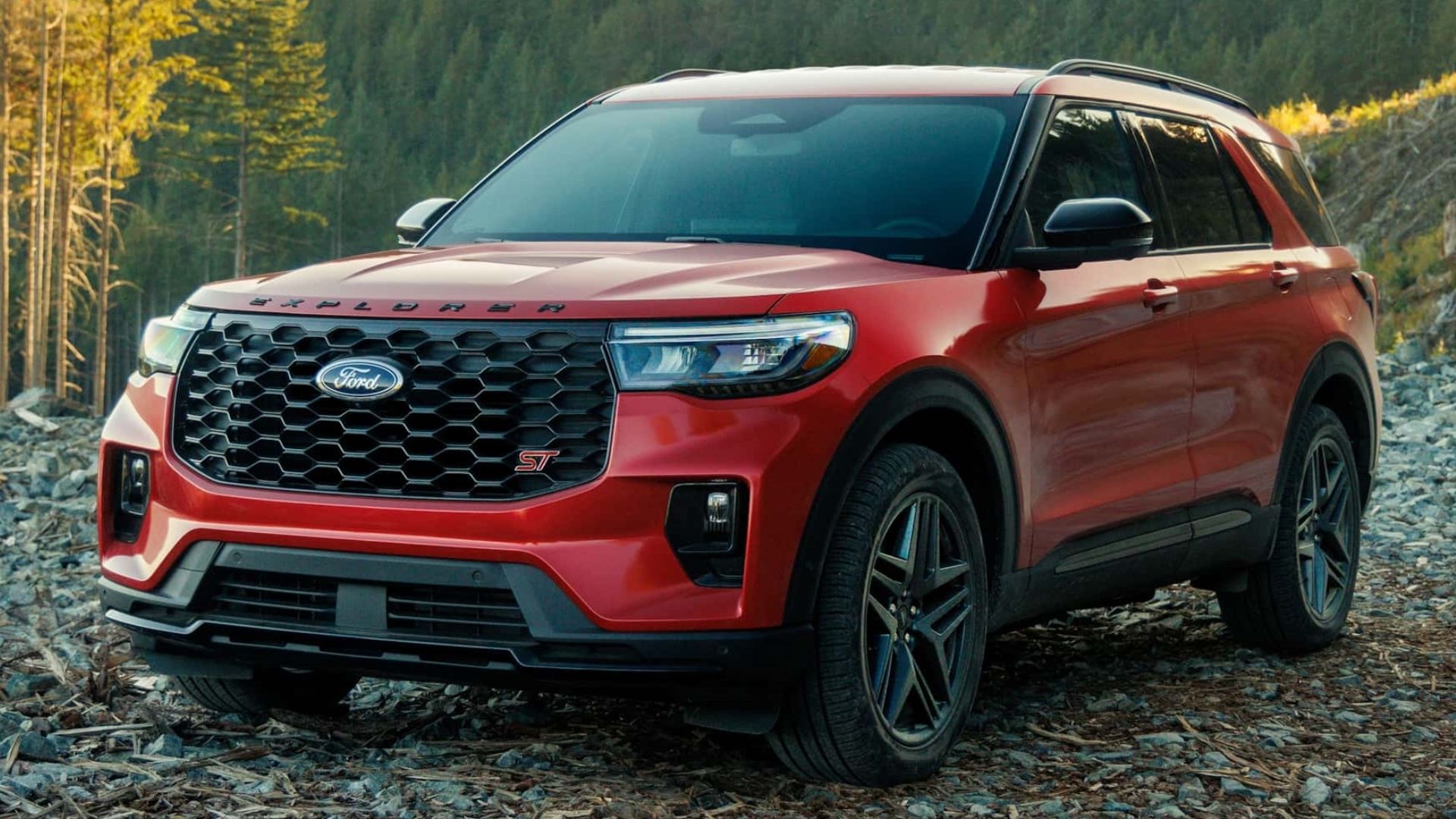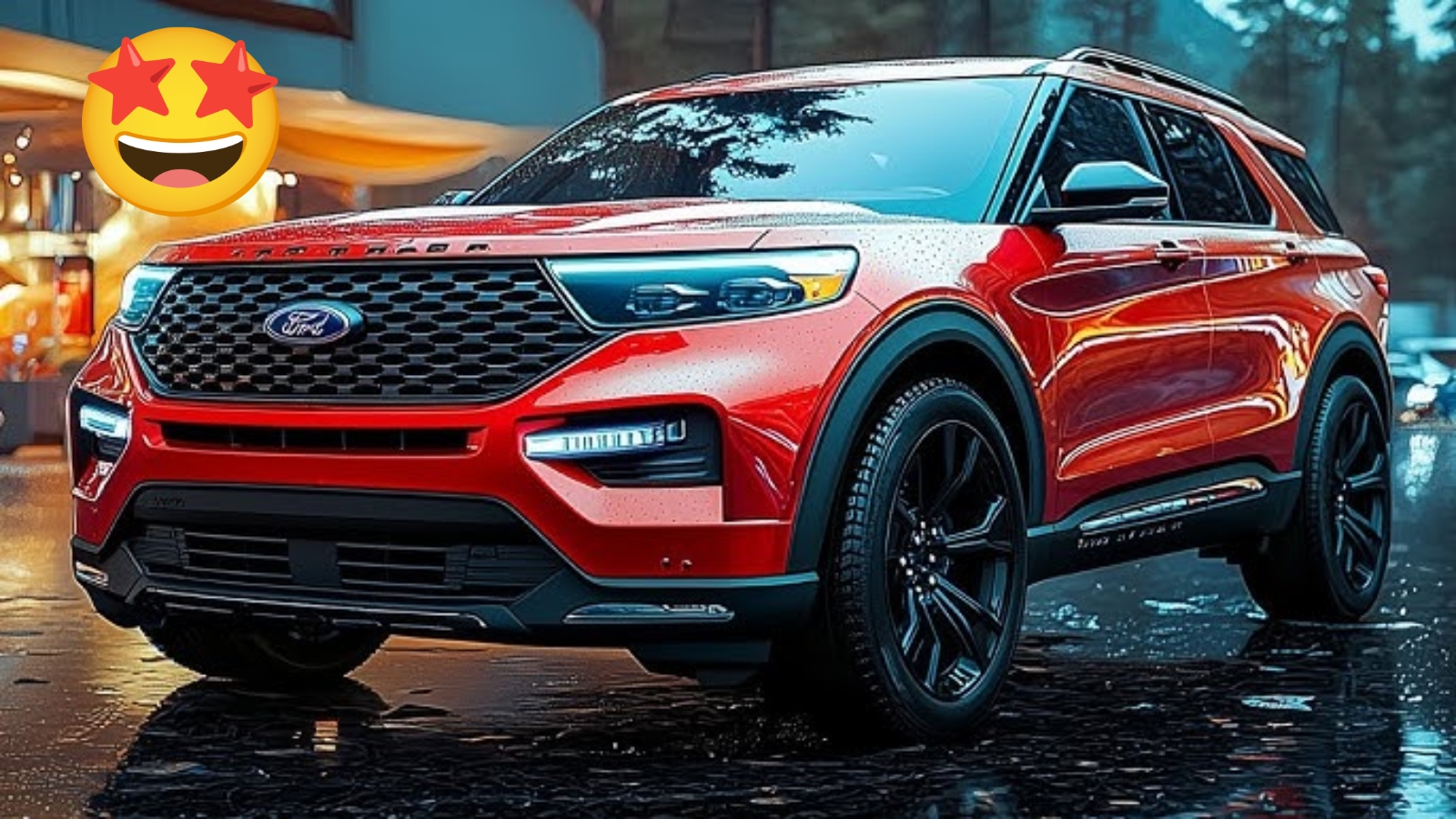After years of betting big on SUVs and trucks, Ford is making a surprising U-turn that could reshape the automotive landscape once again. The company is reportedly planning to bring back passenger cars, marking a significant shift from their previous strategy of focusing solely on larger vehicles.
The Big Picture: Why Ford is Changing Course
Ford’s decision comes after experiencing declining market share, particularly in Europe where the company has struggled since discontinuing popular models. CEO Jim Farley has reportedly approved a strategy to add new small and affordable cars to markets where Ford had withdrawn legacy models, signaling a major strategic pivot.
The numbers tell a compelling story. Through May, European dealers sold just 185,404 Fords, down 1.5 percent from the previous year, with the company’s market share sliding to 3.3 percent – roughly half that of Toyota’s 6.6 percent market share.

What Went Wrong with the SUV-Only Strategy
Ford’s retreat from passenger cars began around 2018 when the company decided to focus on more profitable trucks and SUVs. In Europe, they discontinued beloved models like the Fiesta and Mondeo, with the Focus set to end production this November. While this strategy initially seemed sound from a profit perspective, it created several unexpected challenges.
Dealers say the absence of gasoline and diesel-powered sedans and hatchbacks shook brand loyalty among drivers who prefer smaller, lighter cars. This gap in the lineup left Ford unable to serve customers who wanted fuel-efficient, affordable transportation options.
The European Revival Plan
The clearest indication of Ford’s changing direction comes from Europe, where Christoph Herr, Ford’s German boss, recently held meetings with European dealerships, revealing that CEO Jim Farley is focused on developing new passenger cars.
Current Ford models in Europe are struggling to fill the gap left by discontinued passenger cars. While the Puma crossover leads sales with 67,912 units, and the Kuga SUV moved 44,573 units, even the outgoing Focus still managed 32,499 sales – demonstrating continued demand for traditional passenger cars.
What This Means for Different Markets
Europe Leading the Way
Europe will likely see the first new Ford passenger cars return to showrooms. Europe’s dealers reportedly praised Ford’s apparent decision to bring back new passenger cars, though specific timelines remain unclear.
The US Market Remains Uncertain
While reports suggest Ford is actively considering a comeback in the passenger car segment in the U.S., reversing its earlier SUV-only strategy, nothing has been officially confirmed for American consumers yet.
If Ford re-enters the car segment, it could reignite competition in the affordable sedan and compact car categories, especially as fuel prices and EV adoption rise.
The Driving Forces Behind the Change
Regulatory Pressures
US CAFE regulations are tightening, making fuel economy standards increasingly difficult to meet with a portfolio full of trucks and SUVs, while passenger cars offer better averages.
Competition from Tesla and Others
With Tesla preparing an under-$30K model in 2026, Ford risks losing younger and budget-conscious buyers entirely. The electric vehicle race is intensifying, with GM reviving the Bolt and Hyundai doubling down on compact EVs.
Market Reality Check
Ford’s strategy shift isn’t about nostalgia – it’s about survival and competitiveness. This is about compliance, not romance. Ford isn’t bringing sedans back because of consumer nostalgia. It’s about staying competitive under stricter emissions rules.
| Factor | Impact on Ford’s Decision |
|---|---|
| Market Share Decline | European sales down 1.5%, market share halved compared to Toyota |
| Regulatory Pressure | Tightening CAFE standards require better fuel economy averages |
| Consumer Demand | Continued sales of discontinued models show unmet demand |
| Competition | Tesla’s affordable EVs and rivals’ compact car success |
| Dealer Feedback | European dealers praised the return to passenger cars |
| Brand Loyalty | Loss of customers who prefer smaller, efficient vehicles |
Timeline and Expectations
While Ford hasn’t provided official timelines, insiders suggest concept reveals could happen by 2026, with production starting as early as 2027 if the decision is finalized.
The new passenger cars won’t simply be rehashed versions of old models. If Ford does bring back passenger vehicles, they would likely be built with flexibility – suitable for EV, hybrid, or ICE – depending on regulatory and market needs by region.
Ford faces significant hurdles in returning to passenger cars. Ford’s brand in the compact car space was weakened after its sedan exit – rebuilding trust won’t be easy. Additionally, the economics of low-margin cars remain challenging, especially in today’s high-interest-rate environment.
However, for consumers who have been waiting for affordable, efficient Ford vehicles, this potential return represents hope for more choice in the automotive market.
Frequently Asked Questions
Q: When will Ford passenger cars return to showrooms?
A: While no official timeline exists, industry insiders suggest concept reveals by 2026 with potential production starting in 2027.
Q: Will Ford bring passenger cars back to the US market?
A: It’s uncertain. The confirmed plans focus on Europe first, though US market return is being actively considered.
Q: What types of passenger cars might Ford offer?
A: Likely flexible platforms supporting electric, hybrid, or traditional engines, potentially reviving names like Fusion or Focus.
2025 Renault Koleos Gets Price Cut and Spec Boost in Australia
